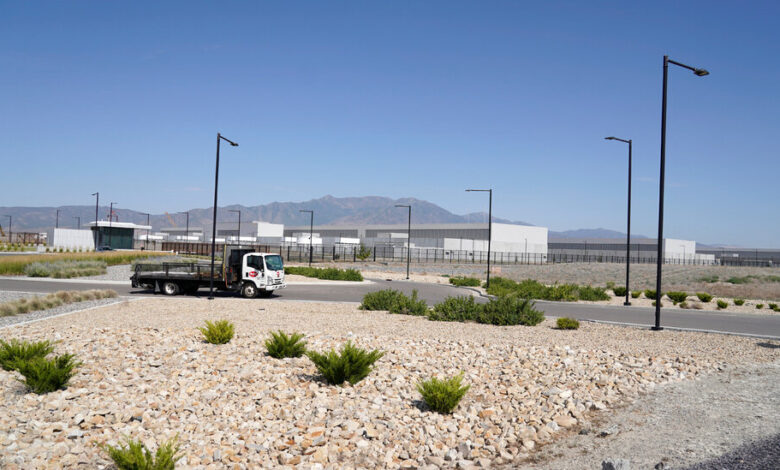Meta to Increase Spending to $65 Billion This Year in A.I. Push

Mark Zuckerberg spent all of 2024 telling investors that artificial intelligence would be key to the future of his company, Meta. In 2025, he plans to put his money where his mouth is.
On Friday, Mr. Zuckerberg said the company expected its capital expenditures in 2025 to come in at an estimated $60 to $65 billion, a big increase compared with the roughly $38 to $40 billion Meta spent in 2024.
Much of that amount will go building and expanding data centers, the warehouse-size buildings that provide the computing power that fuels Meta’s A.I. products and algorithms across its apps, which include Facebook, Instagram and WhatsApp.
“This is a massive effort, and over the coming years it will drive our core products and business, unlock historic innovation, and extend American technology leadership,” Mr. Zuckerberg said in a post to his Facebook page.
He noted that the company also expected to own more than 1.3 million graphics processing units, or GPUs, by the end of the year. A GPU is a type of computer chip that excels in the type of computing power required for A.I. systems. As A.I.-powered apps and products have grown more popular in recent years, there is a shortage of GPUs across the industry, with tech companies big and small vying to purchase as many as they can from companies like Nvidia.
And despite many layoffs and cutbacks to the company’s work force over the past three years, Mr. Zuckerberg said that he planned to continue hiring “significantly” to grow the teams responsible for working on A.I. and related products.
Meta’s share price rose about 1 percent in early trading on Friday.
Silicon Valley’s tech giants are locked in an infrastructure arms race, as they compete to build the future of artificial intelligence. Google, Microsoft and Amazon have all earmarked billions of dollars for data centers and infrastructure projects, and have signaled no slowdown in spending for the foreseeable future.
On Tuesday, President Trump announced a joint venture between OpenAI, SoftBank and Oracle called Stargate, which aims to invest at least $100 billion in U.S. data centers. The group behind the project said it could invest as much as half a trillion dollars in Stargate over the next four years. Elon Musk, who runs a competing artificial intelligence start-up, later cast doubt on that figure.
Since Mr. Trump was elected in November, Mr. Zuckerberg has attempted to repair their long-strained relationship. Mr. Zuckerberg has traveled to Mr. Trump’s Mar-a-Lago resort multiple times, donated to and attended his inauguration and loosened the restrictions on speech across Meta’s apps, an issue that conservatives have fixated upon for years.
Mr. Trump has promised to accelerate the production of American-made A.I. to compete against China for global leadership in the technology. On Thursday, he signed an executive order aimed at “removing barriers” to the development of A.I. in the United States.
Meta has long signaled its intentions to invest heavily in data centers. The company incurred a $4.3 billion restructuring charge in 2023 after it decided to redesign many of its future data center projects to prepare for A.I. projects. It has expanded its data center footprint to dozens of locations across the world, including Odense, Denmark, and Huntsville, Ala.
Mr. Zuckerberg has said he plans to keep spending heavily on the infrastructure to support what he believes will be the future of computing, powered by A.I. chatbots and other programs.
That also includes Llama, Meta’s open-source A.I. technology that can be freely downloaded by independent software developers to power their own A.I. apps.
Last year, Meta announced it would build its newest data center in Richland Parish, La. The company said the building would span more than four million square feet, an area so large that Mr. Zuckerberg said it would “cover a significant part of Manhattan.”
“Let’s go build!” he wrote on his Facebook page, and added a flexing-muscle emoji.
Source link






